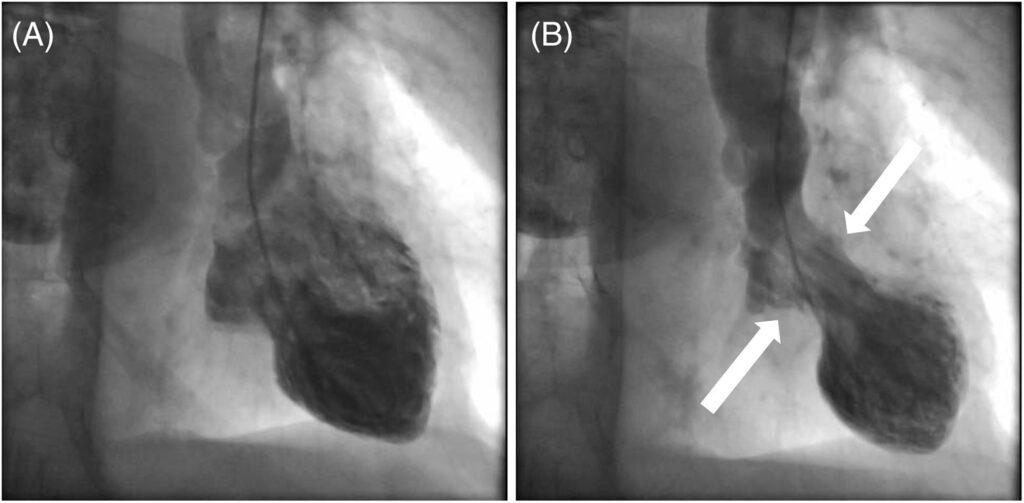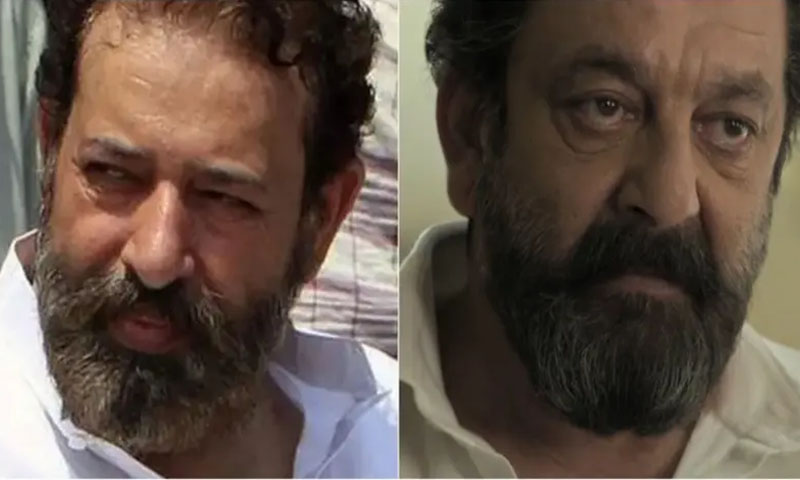- Web Desk
- 4 Hours ago
How to identify broken heart syndrome
-

- Hum News
- Aug 19, 2023

WEB DESK: In 2020, a 69-year-old woman presented to an emergency room with central dull chest pain. Tests showed changes in her heart’s electrical pattern and a high level of a heart-specific protein called cardiac troponin I, which indicates heart damage.
Further tests found chronic occlusion of her right coronary artery, and reduced pumping from her left ventricle. Her symptoms, published in the Internal Medical Journal, were deemed consistent with takotsubo cardiomyopathy, commonly referred to as ‘broken heart syndrome.’
The condition’s name derives from the Japanese word “takotsubo,” meaning an octopus trap. This term mirrors the distinctive shape of the heart during this condition, resembling a pot used by fishermen to catch octopuses. Beyond its intriguing origin, this syndrome’s impact can be profound.
Broken heart syndrome mimics heart attack symptoms, like chest pain and breathlessness, but it stems from sudden emotional or physical stressors. The 69-year-old woman, for instance was, was facing social isolation because of the COVID pandemic.
Stressors can lead to the rapid weakening of the heart muscle, causing temporary dysfunction. It’s essential to distinguish this condition from a heart attack, as it doesn’t involve blocked arteries or permanent damage.
Types of Broken Heart Syndrome
The syndrome manifests in four different types based on affected heart areas:
Apical: The most common type, affecting the lower half of the heart.
Mid-ventricular: Impacting the middle section of the ventricles, forming a belt-like pattern.
Basal: Rare, affecting the upper section with a similar belt-like pattern.
Focal: The rarest, forming a noticeable bulge on the heart’s surface.
Who is Affected?
Broken heart syndrome predominantly affects women, especially after menopause, due to the protective effects of estrogen. Common risk factors include age over 50, psychiatric or neurologic disorders, and gender (female or assigned female at birth).
Symptoms and Causes
The exact cause of broken heart syndrome remains unclear, but it is often triggered by intense stressors like grief, fear, and physical pain. Stress hormones released during such events can temporarily disrupt the heart’s normal rhythm and function, causing the syndrome’s characteristic symptoms.
Identification and Diagnosis
Diagnosing broken heart syndrome involves a thorough medical history review, physical exams, and various tests like EKG, echocardiography, and blood tests. Unlike a heart attack, the condition doesn’t involve blocked arteries but does cause temporary heart muscle failure.
Treatment and Recovery
Most people recover fully with treatment, which includes medications like aspirin, ACE inhibitors, beta-blockers, and diuretics. Recovery can occur within hours or days of receiving treatment, and severe cases may require advanced care or cardiac rehabilitation.
While broken heart syndrome may initially seem alarming, understanding its causes, the recovery process, and its unique name’s origin can provide reassurance to those affected. This insight, combined with real-life examples like the 69-year-old woman’s experience, serves as a reminder of the heart’s resilience, the muscle that never stops working.
Read next: Mental health screening now ‘must’ before cosmetic procedures





